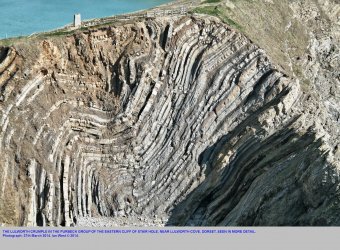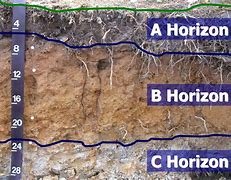cladking
Well-Known Member
Hypothetically, let us say that the population of standard poodles numbers 5 million in the world. I own 10 of those that I keep for a breeding program. Artificially selecting them for some novel trait I think will be useful or pleasing to other people does not meet the definition of genetic bottleneck and is not a speciation event. The offspring that are derived from my poodle breeding are still poodles, still dogs, even if they have a novel trait. They can still breed with other dogs. The entire population of poodles still exists and has not crashed to my 10 with only their diversity available.
It simply depends. If they are random individuals or selected for some trivial or random characteristic then, no, barring mutation there will be no speciation. But if they are selected from a large number of individuals for a very uncharacteristic or rare trait then I'm suggesting that there can be a speciation event and most speciation events are caused by exactly this process; nature selects for very atypical behavior which has consciousness at its root.
Yes, this is a rare event in nature but it might not be quite so rare as it seems because life has existed for a very long time. Survivors of bottlenecks and their off spring have little genetic diversity but over time more genes come into the genome making it more robust. No doubt many times the new species will be eradicated by disease never leaving a single fossil much less one that is found and studied.
Consciousness is pattern recognition and we are conscious even if not in the way all other life is conscious. We look at fossils and see patterns that exist as well as those which do not.


